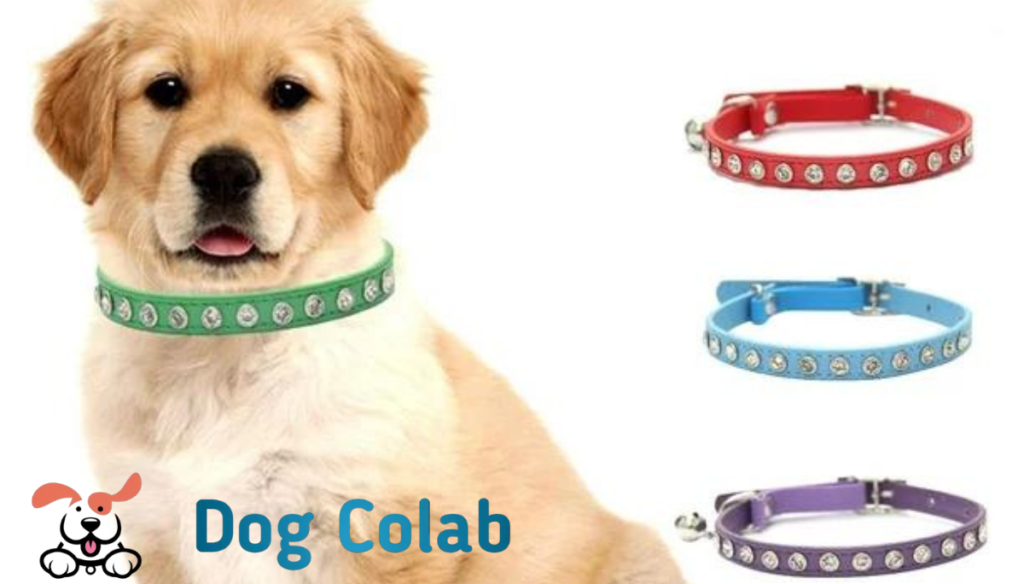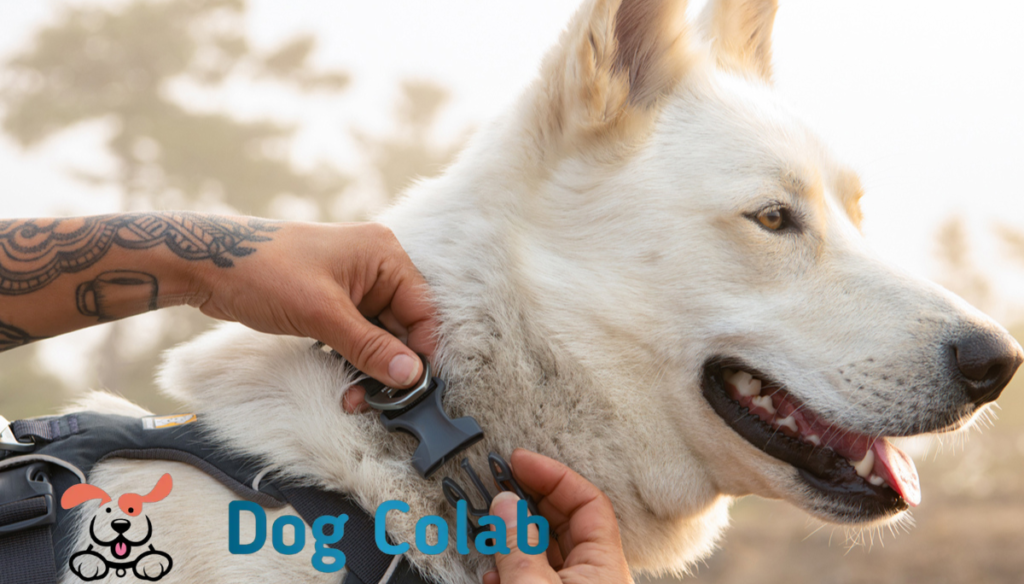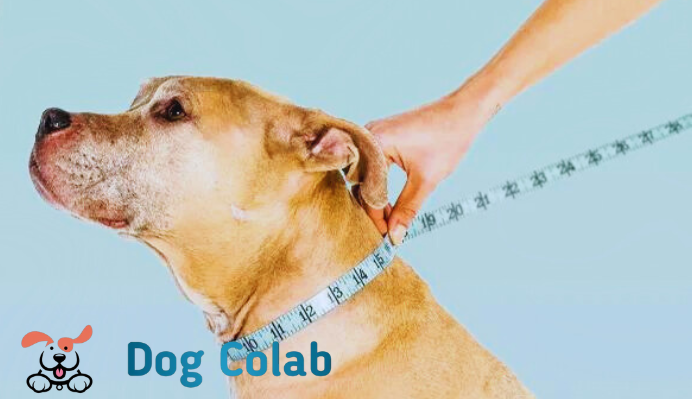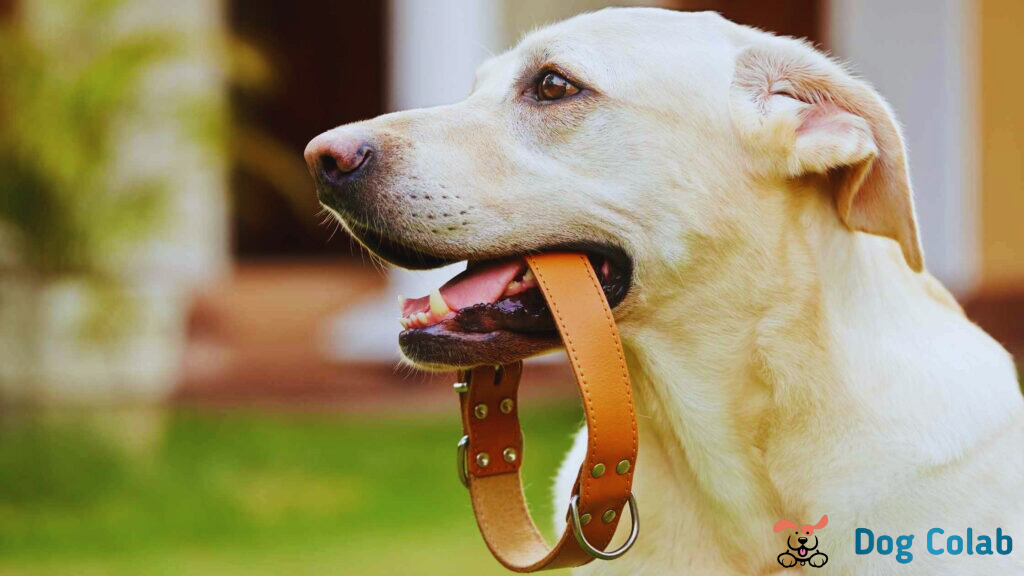So, do dogs really have collar bones? The answer is no, not in the same way humans do. While some remnants exist.
Dogs lack a fully formed and functional collarbone.
First clarifying the anatomical reality of a dog’s collarbone, then discussing the use of animal bones as treats and the benefits and risks associated with it, and finally offering safety tips. There are a few points of confusion that need attention:
Do Dogs Really Have Collar Bones?
Now, let’s address the primary question. Dog collar bones, also known as femur bones, are typically derived from cows, pigs, or other large animals. They come in various sizes, textures, and treatments, including raw, frozen, sun-dried, and commercially processed options. Traditionally, collar bones were considered a natural and healthy treat for dogs. However, recent research and veterinary opinions have shed light on both the potential benefits and risks associated with their use.
The Truth About Dog Collar Bones
Before diving deeper, let’s clarify what we mean by “collar bone.” The collarbone, also known as the clavicle, is a short, curved bone located in the upper chest area of humans and some other mammals.
It connects the shoulder blade (scapula) to the sternum (breastbone), providing stability and support to the shoulder joint.
Read More:- How To Teach A Rescue Dog To Play With Toys?
Benefits of Using Dog Collar Bones
Improved Dental Health:
- Mechanical Chewing Action: Chewing on a collar bone provides a mechanical cleaning action for your dog’s teeth. This can help scrape away plaque and tartar buildup, similar to how brushing works for humans. However, it’s important to note that this is not a substitute for regular teeth brushing.
- Scrapes Plaque and Tartar: The abrasive texture of the bone can scrape away plaque and tartar buildup on your dog’s teeth, potentially leading to improved dental hygiene. However, this benefit depends on the chewing style and duration.
Mental Stimulation and Enrichment:
- Combats Boredom and Destructive Behavior: Chewing is a natural instinct for dogs, and providing them with appropriate chewing materials can help combat boredom and prevent destructive behaviors like chewing on furniture or shoes. Dog collar bones can offer an engaging and long-lasting chewing experience, keeping your dog mentally stimulated and occupied.
- Satisfies Natural Chewing Instincts: Chewing also helps to relieve stress and anxiety in dogs. By providing a safe and appropriate outlet for their natural chewing instinct, dog collar bones can promote relaxation and well-being in your furry friend.
Recommended Also Read:- Why Does My Dog Always Cry In The Car?
Weight Management and Reduced Calorie Intake:
- Lower Calorie Content Compared to Treats: Collar bones are generally lower in calories compared to many commercially available dog treats. This can be beneficial for dogs who are overweight or need to maintain a healthy weight.
- Promotes Slow Chewing and Increased Satiety: The hardness and texture of collar bones encourage slow and controlled chewing. This can help to increase satiety and potentially reduce overall calorie intake throughout the day.
It’s important to remember that these benefits are not guaranteed and can vary depending on individual dogs and their chewing habits.
Read More:- How To Treat Collar Sores On Dogs?
Risks and Considerations of Using Dog Collar Bones
- Hard and Brittle: This risk is particularly high for puppies, small dogs, or aggressive chewers who may break the bone into pieces too large to swallow safely.
- Sharp Fragments: Broken pieces of collar bones can have sharp edges that can cut or injure your dog’s mouth, throat, or digestive tract.
- Too Hard: Although some claim collar bones can help clean teeth, their hardness can actually damage teeth, leading to chipping, cracks, or even fractures. This is especially true for older dogs with weakened teeth.
Choosing the Right Dog Collar Bone
If you decide to offer your dog a collar bone, it’s crucial to choose the right type and practice safe supervision:

Size and Texture Matching Your Dog’s Breed and Chew Strength:
- Select a collar bone that is appropriate in size and texture for your dog’s breed and chewing strength.
- Larger, thicker bones are safer for bigger dogs or strong chewers.
- Avoid bones that are too small, as they can be easily swallowed whole and pose a choking hazard.
Opting for Natural Options Like Raw, Frozen, or Sun-dried Bones:
- Raw, frozen, or sun-dried bones are generally considered safer than commercially processed options. These are less likely to splinter and contain fewer artificial ingredients.
- Raw bones are the most natural choice, but they carry a higher risk of bacteria and may not be suitable for all dogs, especially those with compromised immune systems.
Monitoring Your Dog While Chewing and Providing Supervision:
- Never leave your dog unsupervised while chewing on a collar bone.
- Pay close attention to their chewing behavior and remove the bone if they start breaking it into small pieces or show signs of difficulty chewing.
- Discard the bone once it becomes too small or soft to prevent choking hazards.
- Always supervise your dog while they chew on bones to prevent choking or injuries.
- Choose bones that are appropriate for your dog’s size and chewing habits.
- Avoid giving cooked bones or small, brittle bones that can splinter.
- Regularly inspect the bone for signs of wear or damage and replace if necessary.
- If your dog has a history of digestive issues or dental problems, consult with a veterinarian before introducing dog collar bones.
- Consider rotating different types of bones to provide variety and prevent dental wear.

By following these safety tips, you can ensure that your dog enjoys the benefits of chewing on bones without any risks or complications.
Common Misconceptions about Dog Collar Bones
No.1
There are several misconceptions surrounding dog collar bones that need to be addressed. One common belief is that all bones are safe for dogs to chew on. However, this is not true. Certain types of bones, such as cooked bones or small, brittle bones, can splinter and pose a choking hazard or cause internal injuries. It is crucial to choose appropriate bones that are large enough and specifically designed for dogs.

No.2
Another misconception is that dog collar bones are suitable for every dog. While many dogs benefit from chewing on bones, some may have underlying dental issues or health conditions that make it unsafe for them to chew on hard objects. It is important to consult with a veterinarian to determine if dog collar bones are suitable for your pet, taking into consideration their age, breed, and overall health.
1. Do dogs have collar bones?
No, dogs don’t have collar bones like humans do. They have a very small, rudimentary bone called the clavicle, but it’s not connected to their skeleton and doesn’t function the same way a human collarbone does.
2. Why don’t dogs have collar bones?
Dogs, as descendants of wolves, are built for running and agility. Their lack of a collarbone allows for a “floating shoulder” which provides greater flexibility and range of motion in their front legs, making them more efficient runners.
3. What does the tiny bone in a dog’s shoulder do?
This tiny bone, even though not directly connected to the skeleton, serves as an attachment point for muscles in the shoulder area. These muscles play a role in stabilizing and supporting the shoulder joint.
4. Do other animals have collar bones?
Not all animals have collar bones like humans. Many mammals built for running, like horses and cats, also lack a well-developed collarbone. However, primates and some other mammals do have fully formed collarbones that connect their shoulders to their bodies.
5. Can dogs suffer from collarbone injuries?
Technically, since dogs don’t have a functional collarbone, they can’t experience a fracture in the same way humans do. However, injuries to the muscles, ligaments, and other structures in the shoulder area can occur and cause discomfort and problems with mobility.

